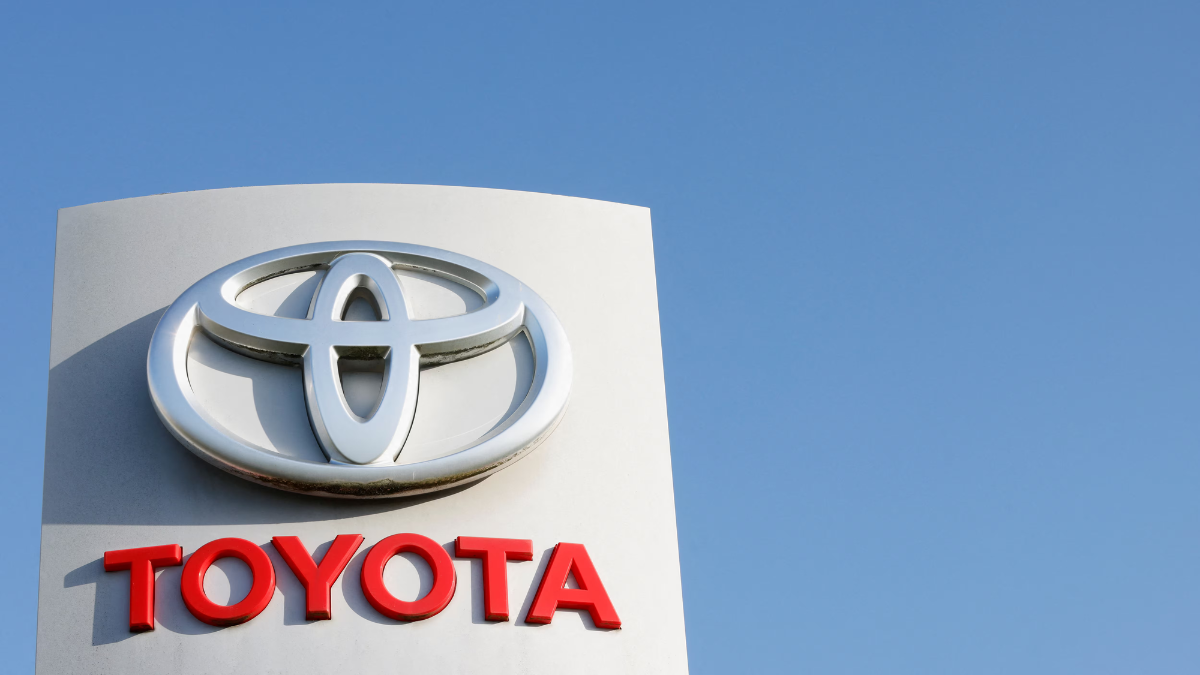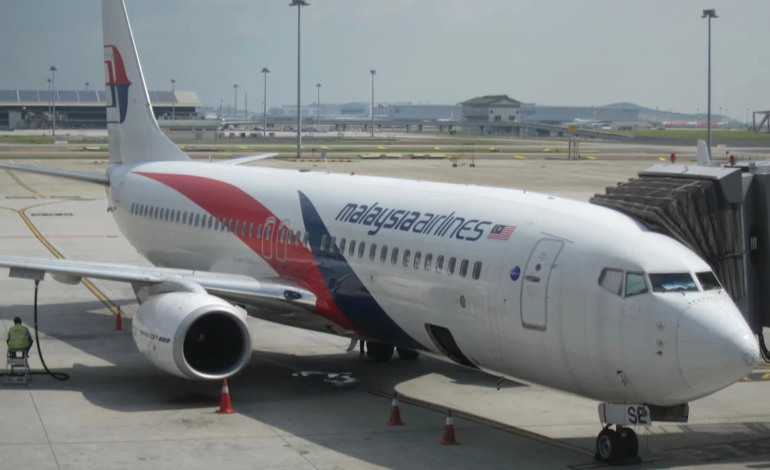Malaysia Airlines’ impending fleet decision represents more than just a single carrier’s upgrade – it could trigger a regional cascade affecting airlines, lessors, and manufacturers across Asia. Aviation executives are closely watching for three potential ripple effects:
-
Lessor Strategies
If Malaysia opts for Boeing, it may encourage aircraft leasing companies to shift more 737 MAXs into the region. Currently, 60% of leased narrow-bodies in Southeast Asia are Airbus models. -
MRO (Maintenance) Investments
A Boeing order would likely spur expansion at Malaysian MRO facilities like Sepang Airport’s hangars, which are currently optimized for Airbus maintenance. -
Pilot Labor Market
The choice could create sudden demand for 737 MAX or A320neo type-rated pilots, potentially drawing talent from neighboring airlines.
“Malaysia Airlines often sets trends for mid-sized ASEAN carriers,” noted aviation consultant David Yu. “Their technical evaluation process is considered one of the region’s most rigorous, making their endorsement particularly valuable.”
The decision comes as Southeast Asia’s aviation sector faces converging challenges:
-
Rising interest rates increasing aircraft financing costs
-
Sustainability pressures favoring newer generation aircraft
-
Intensifying regional competition from LCCs like AirAsia









